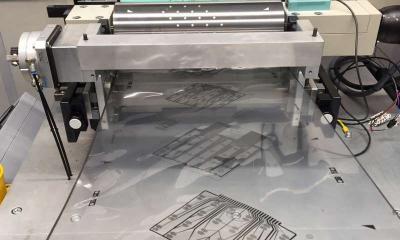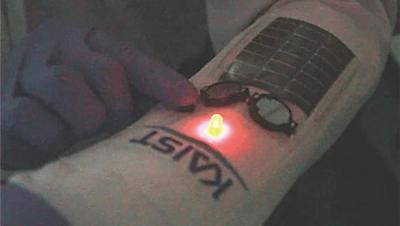Applied Graphene Materials' collaboration with HMG on graphene coatings progresses towards commercialization
 In July 2017, Applied Graphene Materials partnered with HMG Paints to develop and commercialize graphene-containing coatings for a variety of industries. Now, the two companies announced that they are continuing to work together and are progressing towards commercialization of the formulation in a range of protective and anti-corrosion coatings.
In July 2017, Applied Graphene Materials partnered with HMG Paints to develop and commercialize graphene-containing coatings for a variety of industries. Now, the two companies announced that they are continuing to work together and are progressing towards commercialization of the formulation in a range of protective and anti-corrosion coatings.
Following an initial stage of controlled environment testing, which reportedly produced some extremely positive results, the two companies are now testing their products in real world environments. Tests are initially focused on the application of graphene-enhanced coatings in both the commercial vehicle and construction equipment markets.



